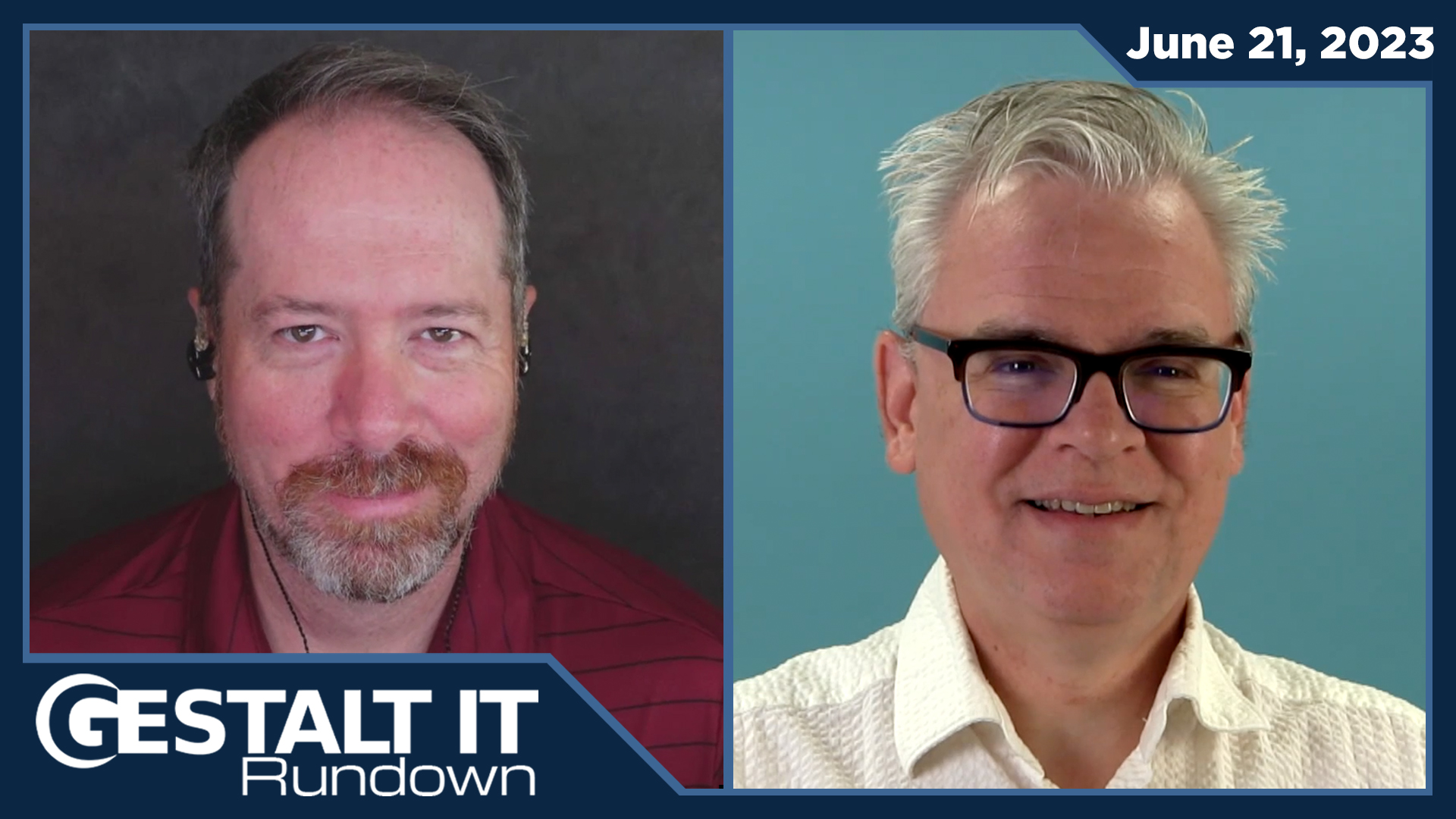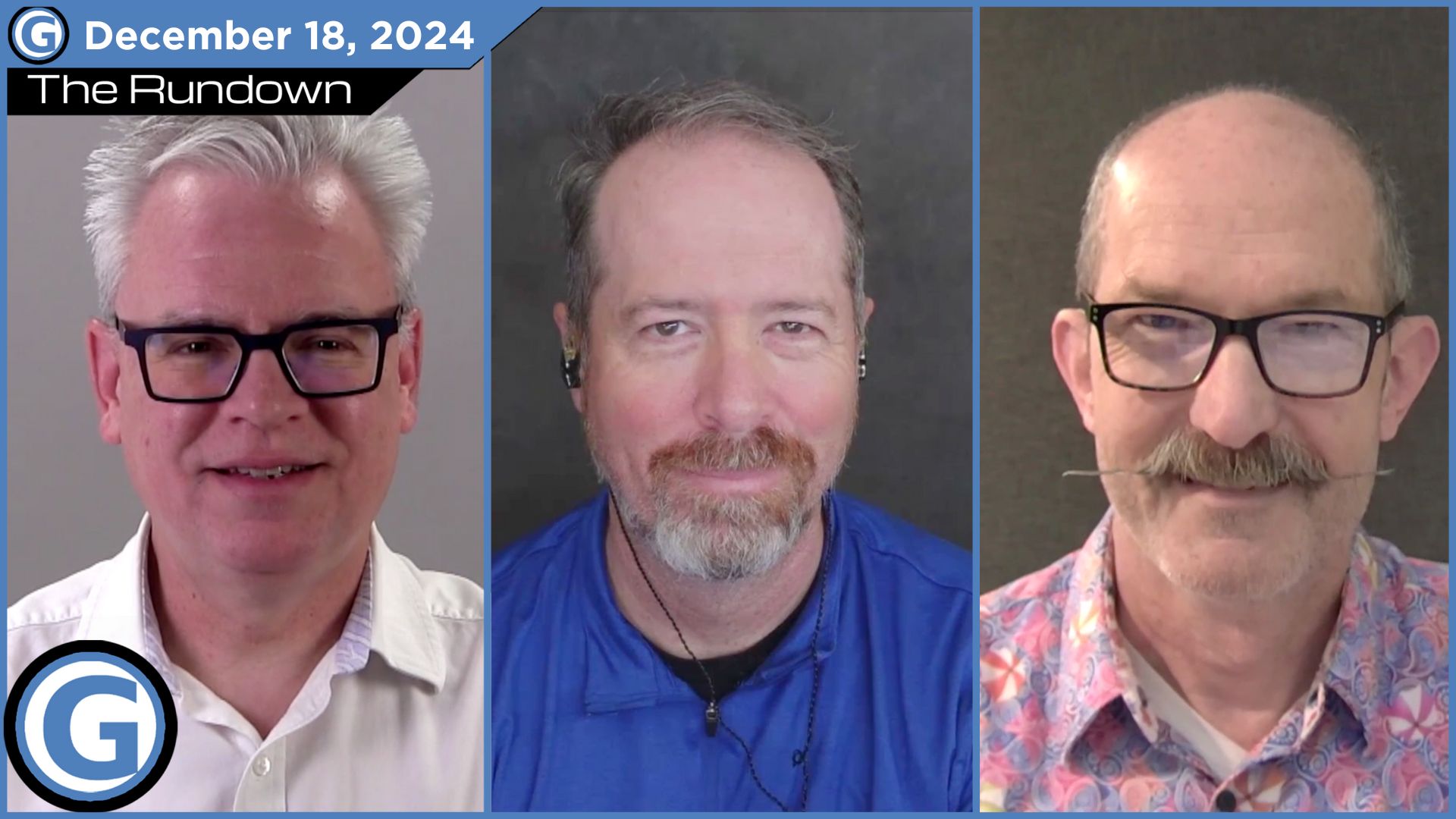In this special edition episode of Checksum, Stephen Foskett, organizer of Tech Field Day and publisher of Gestalt IT, reviews the tumultuous and eventful year Intel has had. This year saw many major news stories, like Pat Gelsinger’s rise as CEO, the third-generation Xeon Scalable processors known as Ice Lake, and the company’s roadmap for the future. You can learn more about all of this here at Gestalt IT, through our weekly news Rundown, exclusive articles and podcasts, and our Tech Field Day presentations.
New CEO, Alder Lake, Optane and PMem Updates
One of the most important stories of the year came in January, as Intel CEO Bob Swan announced that he would be stepping down from his post. Previously Intel’s CFO, Swan became interim CEO in 2018 and took over the post officially in January 2019 after a seven-month stint as the interim CEO. His replacement was Pat Gelsinger, an Intel veteran who had previously been CEO of VMware and EMC.
Pat Gelsinger was very familiar to the Gestalt IT community, and we considered his prospects in an episode of our On-Premise IT Roundtable podcast in February. We hailed this announcement as a breakthrough for Intel, going so far as to call Gelsinger a savior for the tech giant.
Intel also previewed their next-generation client CPU in January at CES. Alder Lake has a hybrid architecture of performance and high-efficiency cores, with a nod towards the ARM big/little architecture. These were detailed at Intel’s Architecture Day in August and are now on the market.
We got a preview of the next-generation Optane and PMem products in December 2020 at the Intel Memory and Storage Moment. Intel went into more detail at our January Storage Field Day event. This presentation clearly laid out the timeline of Intel’s Optane technology, previously called 3D XPoint, as well as its use cases for the technology in healthcare, with partners HPE and VMware, finance, with PayPal and Aerospike, big data, with hot storage startup VAST Data, and transportation, with SAP. We heard much more about Optane throughout the year.
One of Pat Gelsinger’s first moves as Intel CEO was the January announcement that Intel would offer foundry services, producing chips for other companies in its fabs. As I discussed with Tom Hollingsworth, this promised to fill Intel’s fabs and fund improvements in their technology, which was running the risk of falling behind rivals like TSMC.
Efforts to fill the chip shortage filled the news all year, with Intel investing in their New Mexico foundry in May, announcing a deal to produce Qualcomm chips in July and chips for the DoD in August, and Gelsinger’s push for federal funding later in the year.
Intel Introduces Ice Lake
In terms of technology, the biggest news out of Intel this year was the March launch of their third-generation Xeon Scalable processors. Known as “Ice Lake”, these CPUs are part of a platform of related technologies that allow Intel to remain competitive in the datacenter.
Tech Field Day was a key part of the Xeon Scalable launch, a 2-day online event called “How Wonderful Gets Done.” To emphasize that the launch was about much more than a CPU, Intel also discussed edge computing, artificial intelligence, confidential computing, and new cloud platforms. These themes continued to be emphasized all year as Ice Lake hit the market.
Intel previewed the discussion of confidential computing with SGX at our Cloud Field Day event in March. Another presentation at that event dove deep into cloud and datacenter telemetry, a key differentiator for Intel’s Xeon Scalable processors.
May saw more focus on the Intel Xeon Scalable platform, with their presentation at Networking Field Day centering on Tofino X, Ethernet, and silicon photonics. These advanced networking capabilities are unmatched by competitors and are integrated with the new Ice Lake platform. If you’re interested in silicon photonics, I recommend watching Tom Hollingsworth’s analysis over at Gestalt IT.
One of the key capabilities of these new Xeon Scalable processors is the role they can play in machine learning and data analysis. This was the focus of Intel’s appearance at AI Field Day, which brought in Katana Graph and the open source Analytics Zoo big data platform.
Intel Looks to the Future
With Ice Lake launched, Intel continued to focus on the key capabilities of this platform. In June, the Cloud Field Day delegates learned how Optane technology is used in cloud computing along with other platform components like networking and AI.
This discussion continued in August at Storage Field Day with a focus on the memory and storage hierarchy, with Optane filling the memory and storage gap between traditional DRAM and NAND flash SSDs. This was especially pertinent with the sale of Intel’s NAND SSD business to SK Hynix and the exit of partner Micron from the 3D XPoint space.
Another big story in 2022 was Intel’s July announcement of their chipmaking roadmap through 2025. Along with expected news like Sapphire Rapids and Alder Lake, Intel surprised everyone with a new nomenclature for their process nodes. Rather than sticking to traditional naming based on the physical scale of features, Intel would now use simple numbers reflecting the density of components.
Bringing Intel’s Platform Capabilities to Market
More recently, our coverage has turned to the capabilities of the Intel platforms in networking, security, and artificial intelligence.
We talked to the networking team about private networks in October. A development of edge computing and 5G, private networks are increasingly being deployed in industrial, manufacturing, and medical scenarios.
We also dove into the confidential computing space in October, learning how Intel and their partners are protecting data, applications, and networks. This included a presentation at Security Field Day with Fortanix, as well as a deep dive there into facial recognition and FIDO device onboarding.
In November, we looked into Intel’s cloud offerings with partners Wipro and Accenture. These sessions delved into microservices and overall platform TCO. With businesses increasingly deploying AI applications in the cloud, it is important to keep costs in mind!
We will continue focusing on cloud and AI this month, so keep an eye on the Gestalt IT feeds for deep dives into AI, data science, and machine learning at scale.
Intel 2021 In Review
2021 was a busy year for Intel, with new CEO Pat Gelsinger shaking up the company’s plans and roadmaps while the rest of the company focused on bringing this vision to market. We saw the launch of a new generation Xeon Scalable platform, clarity on Intel’s storage and technology plans, and got a peek into the future platforms and manufacturing plans. But most importantly, Intel focused on how all of these components work together to deliver next-generation capabilities for AI, security, networking, and cloud computing along with partners, customers, and the open-source world. Stay tuned to Gestalt IT and Tech Field Day in 2022 as we continue to cover Intel and the rest of the enterprise IT market.




